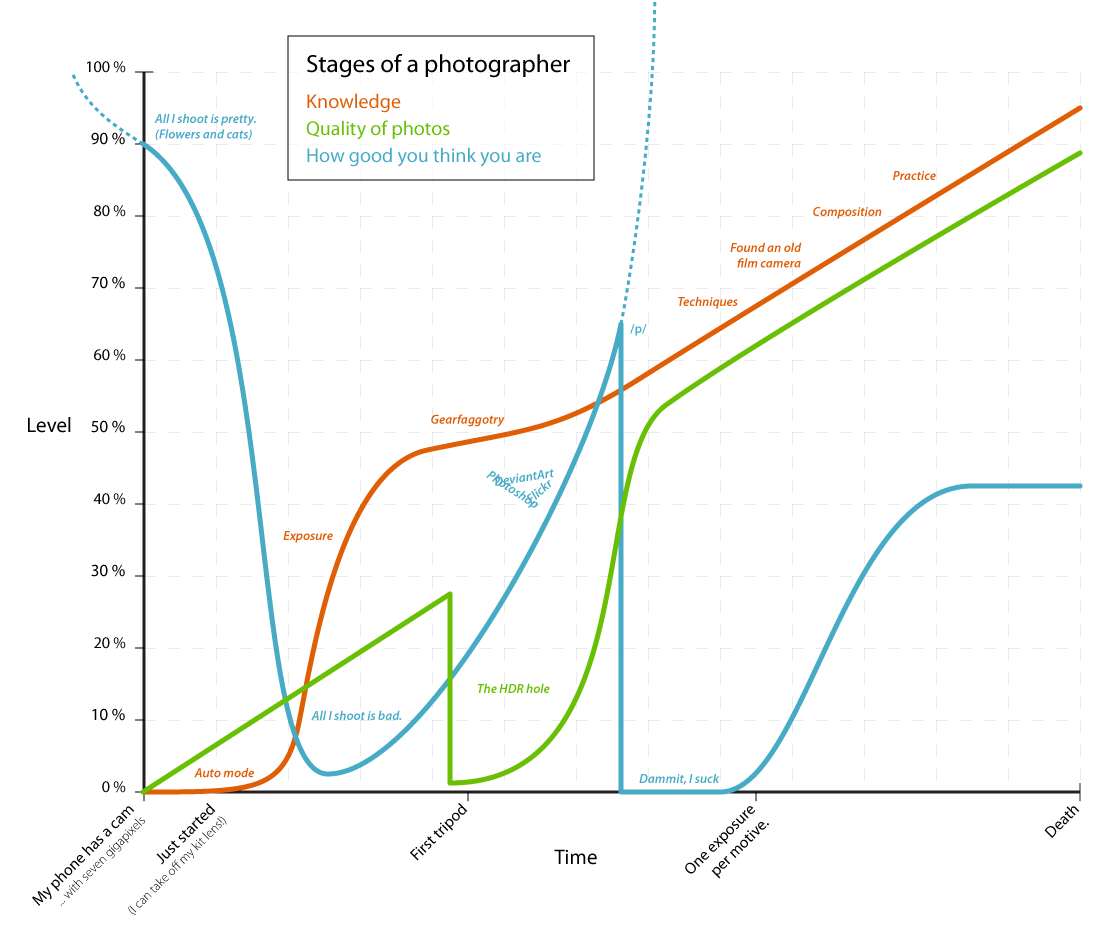I've been shooting RAW for a decade but have come to realize that for a lot of folks it doesn't make sense with the modern camera - especially when dealing with Fuji cameras (I've owned the x-pro1 and x-e1 and x-e2).
Lightroom allows you to adjust jpeg's WB after the shot. Shooting RAW seems more "professional" but IMHO is a waste of time for 99% of shooters, especially with Fuji cameras which are known to produce excellent jpeg's. You gain almost nothing by shooting RAW except for a LOT of PP work which almost always looks much worse than what the camera would produce in the first place. IMHO there are only a few situations where RAW makes sense;
1. Large prints / future proofing - this is a great reason to shoot RAW+JPEG. Simply store your RAW files in a separate directory with the JPEG and you can always adjust or come back when you're ready to work with the RAW files
2. Low light - you can make custom noise adjustments
3. Extreme lighting - highlight / shadow adjustments (but Fuji has excellent DR anyway) NOTE: You also can't recover dark areas so exposing just for the sky is fine, but you could lose shadow areas...

4. HDR (rarely needed with modern cameras and way more work / storage space)
5. Panoramic stitching in certain cases
Again, YMMV but simply "shooting RAW" doesn't make a great photo - it almost always makes a much
worse one unless you spend hours post processing your shots and coming up with a reliable routine which will probably only echo what the camera would have done in most cases, in the first place.

That being said, if you really want to shoot RAW and you use Lightroom, search for presets such as
these ones that can make your life a lot easier. They work with both RAW and JPEG files, but are best used with RAW.

 Struggles with photography
Struggles with photography



















 I need to rewrite some of that.
I need to rewrite some of that. 

